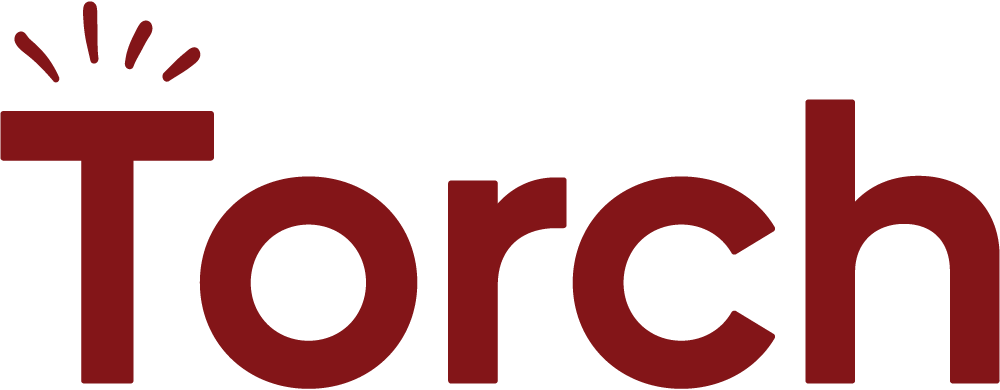
This is the second post in a series of posts from Torch coaches about the practical ways they use psychological science and behavior change research to drive impact for individuals, teams and organizations. Read the first post here, and the third post here.
Most leaders today are trained to be fast problem-solvers, pushed to speedily deliver solutions and results. It’s not surprising, then, that this problem-solving mindset often shows up at the beginning of my work with new coaching clients. Eager to realize the potential of coaching to help them learn and grow, these clients want to dive right into a problem-solving conversation. That strategy works well for challenges that are clearly understood based on professional expertise and traditional obstacles like budget and time limitations. However, it’s not the right strategy for a leader who wants to experience the transformational changes coaching can inspire, changes that will enable them to lead more effectively in today’s workplace.
Today, organizational challenges are compounded by larger emergent forces (COVID-19, war, environment) requiring transformational learning by us all if we are going to pioneer new solutions and realize the mission of our organizations. Rather than speeding up transactional fixes, we must slow down enough to allow ourselves access to our full creative capacity. This means starting a coaching engagement by accessing and connecting our core identity and values to our work, also known as a visioning process.
Start with visioning
For many of us, such a visioning process can be daunting, and counter to norms that encourage moving fast to solve problems. The good news is this reflective process of defining an idealized vision of ourselves and connecting it to our work is less disconnected from workplace norms than you might believe. In fact, it’s the same course all leadership teams follow when framing their organizational vision, mission, and related strategy. You can think of it as the starting point of creating another form of strategic plan but one that is uniquely yours.
Researchers Richard Boyatzis and Anthony Jack call this approach “coaching with compassion.” This coaching is based on Boyatzis’ earlier work in developing Intentional Change Theory (ICT) which explains what humans need to make healthy, sustainable, change. By starting with a vision we access the most creative part of our cognitive processing, versus that just reserved for accessing an existing skill, like completing our monthly departmental budget. These researchers maintain that if we want to learn and change during a coaching engagement, we should start by exploring and explicitly defining our ideal self. This clearer sense of our ideal self – our vision – can then be extended to a personal mission and strategy.
Just like in an organization, a vision allows us to generate an optimistic, sustainable line of sight between our desired selves and our work. By starting the coaching process this way, we position ourselves to show up authentically. That accelerates our personal satisfaction, development and, by extension, the adaptive problem solving we can provide to our workplace.
For example, I once had a new client who received feedback from their manager that their product presentation to the executive leadership team should have been more persuasive. In turn, they initiated their first conversation with me by wanting to immediately improve their persuasion skills. Yet, without exploring what a powerful executive presence means to them and how it connects to their larger sense of self, they would simply be discussing good persuasion practices – a depersonalized, decontextualized conversation that’s less likely to produce sustained behavior change.
Get Started
If you’re interested in creating your own personal vision, you can start by asking yourself “If I had a magic wand, what work life would I create for myself?” and then “How can I start to realize this in the next 180 days?”
If you want some support on this journey from personal vision, to mission and strategy, start working with a Torch coach. Together you can leverage the Torch People Development Cycle, a powerful coaching framework based on leading behavioral science. Even though you slow down at the beginning to reflect, I suspect you will be surprised at how fast coaching accelerates your success and that of your organization.
Read Dana DeNault’s bio here >>
References
Bower, K. M. (2012). Leadership Coaching: Does It Really Provide Value? Journal of Practical Consulting, 4(1), 1–5. Business Source Complete.
Boyatzis, R. E. (n.d.). An overview of intentional change from a complexity perspective. Journal of Management Development, 607–623.
Boyatzis, R. E., & Jack, A. I. (2018). The neuroscience of coaching. Consulting Psychology Journal: Practice and Research, 70(1), 11–27. https://doi.org/10.1037/cpb0000095
Fosslien, L. (n.d.). What You’re Getting Wrong About Burnout. MIT Sloan Management Review. Retrieved September 16, 2021, from https://sloanreview.mit.edu/article/what-youre-getting-wrong-about-burnout/
Psiloutsikou, M. (2016). The Added Value of Coaching Compared to a Friendly Discussion: Insight from Behavioral Economics. International Journal of Business & Economic Sciences Applied Research, 9(2), 47–58. Business Source Complete.
Sharma, P. (2017). How coaching adds value in organisations—The role of individual level outcomes. International Journal of Evidence Based Coaching & Mentoring, 15, 1–17. Business Source Complete.

